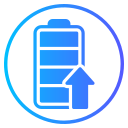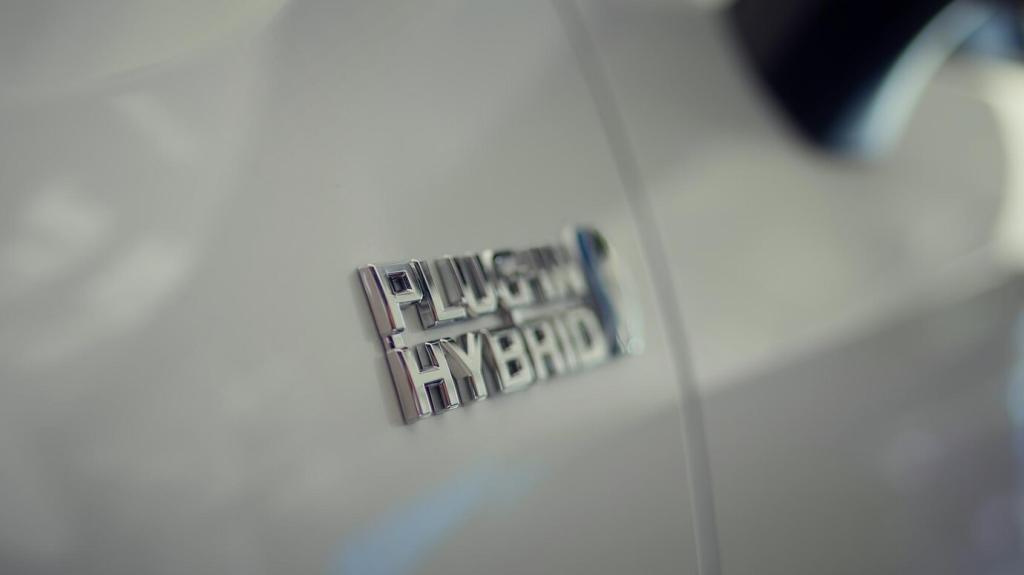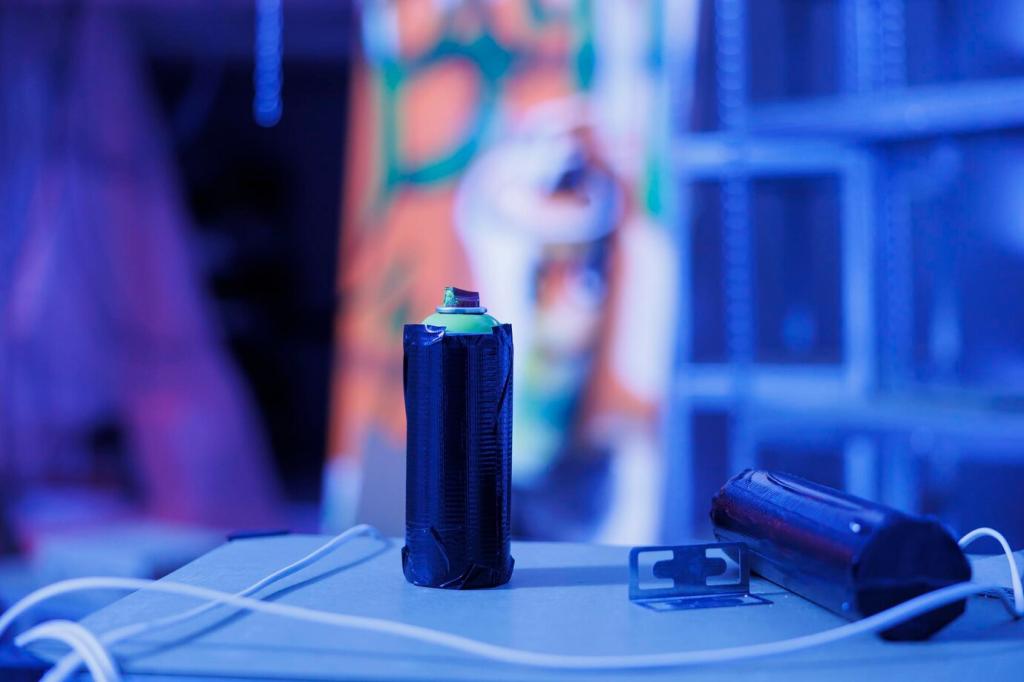From Lab Bench to Gigafactory
Producers can introduce graphene via slurry mixing, coatings, or engineered composites compatible with roll-to-roll lines. Whether sourced by exfoliation or chemical vapor deposition variants, the key is consistent quality and dispersion to ensure repeatable high-rate performance at scale.
From Lab Bench to Gigafactory
Graphene leverages abundant carbon sources, yet demands stringent purity and morphology control. Partnerships between material startups and established cell makers are speeding qualification. What supply questions do you have? Comment, and we’ll investigate them in future features.
From Lab Bench to Gigafactory
Pilot programs integrate graphene electrodes into existing chemistries, validating cycle life and warranty targets. Once pack engineers confirm thermal and impedance benefits, factories can ramp in phases—model variants first, then mainstream trims—reducing risk while accelerating technology diffusion.






